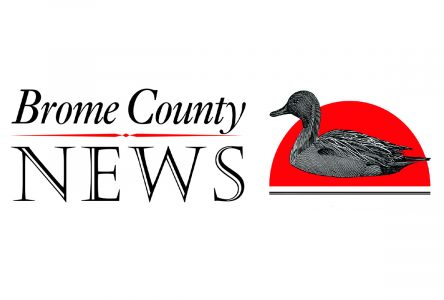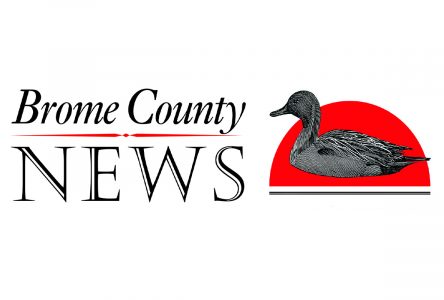Conservation activists in Frelighsburg are breathing a sigh of relief after the town council declined to implement changes to urban planning bylaws that would have made future residential construction in the Mont Pinacle area easier.
Any future major construction on the mountain will have to be approved by the town council and by residents of the area in a referendum, Mayor Lucie Dagenais explained. The regulations were approved at a Dec. 9 town council meeting along with the rest of the town’s urban plan.
“In fact, no new regulations [to do with the mountain] have been passed,” Frelighsburg mayor Lucie Dagenais clarified. “We are taking away certain proposed changes and [implementing] the same regulations that were in place in 1994. We wanted to introduce the concept of integrated development projects [in the area] and encode future developments in a way that would allow us to avoid referendums…but that seemed to cause division, so we decided to retract it. It wasn’t worth it to divide the town further.”
Under the current regulations, Dagenais says, developers or property owners can propose construction projects, but they stand little chance of approval: “Any project would have to be approved by the urban planning consultative committee, then by town council and then by people living in the area and in contiguous zones through a referendum, so there’s not much chance of new projects being carried through.”
The preservation of Mont Pinacle has been a subject of debate in and around Frelighsburg since at least the 1980s. In 1988, the developer Désourdy acquired part of the mountain to develop a ski resort, a golf course and a housing development. The project ran into delays, and in 1993, a slate of candidates opposed to the project was elected to the town council.
“It was quite a saga,” recalls Danielle Dansereau, chairperson of the board of the Mont Pinacle Trust, which owns much of the mountain today. “It was hard on the social fabric, because it created division between people who thought [the resort] would bring economic development and jobs, and people who were in favour of conservation.”
In August 1994, the town council modified zoning regulations in order to ban alpine skiing and require that houses in the sector be constructed along public streets, among other changes; the promoter dropped the project and sued the municipality. The case reached the Supreme Court of Canada; in 2004, the court ruled that the council had acted within its rights. In the interim, the land earmarked for the resort was divided and sold. The trust owns 285 hectares of land on and around the mountain and has developed a network of educational trails there; the peak was acquired by the Daniel Langlois Foundation, which monitors wildlife in the area.
In April 2021, the proposed regulatory changes and the rest of the town’s urban plan were the subject of contentious public consultations, in which the trust participated.
“As a resident, [the current regulations] were what I wanted,” says Dansereau, a founding member of the trust who has been involved with the trust in various capacities for the last 30 years. “These regulations don’t freeze development, but if an ambitious project is proposed, it must be under a management plan and be approved by the people living in the area.”
Dansereau says she was pleasantly surprised to see Dagenais and the councillors walk back the proposed changes: “It shows a lot of openness on their part.”
Jade Langevin of the citizens’ group Les Voix Citoyennes, which also advocated against the changes, says her group was “amazed” by the councillors’ decision, made at a Dec. 9 council meeting: “It shows that when people are involved in participatory democracy, we can have an impact.” She adds that the “battle” against excessive residential development in the region “needs to keep being fought.”
“The mountain is an area with a lot of biodiversity, a lot of plant and animal habitat, and a lot of symbolic value for Frelighsburg,” says Dansereau. “It also has a lot of symbolic value, and people are very attached to it. What we want is for people to disrupt it as little as possible, to not restrict the habitat of other living things. Humans don’t need to be everywhere.”
“Nobody wants there to be heavy-duty development on Mont Pinacle,” says Dagenais, the mayor. “Conservationists have a strong presence in the town, and we’re all more and more conscious of environmental issues. Everyone wants the mountain to stay in good condition.”

